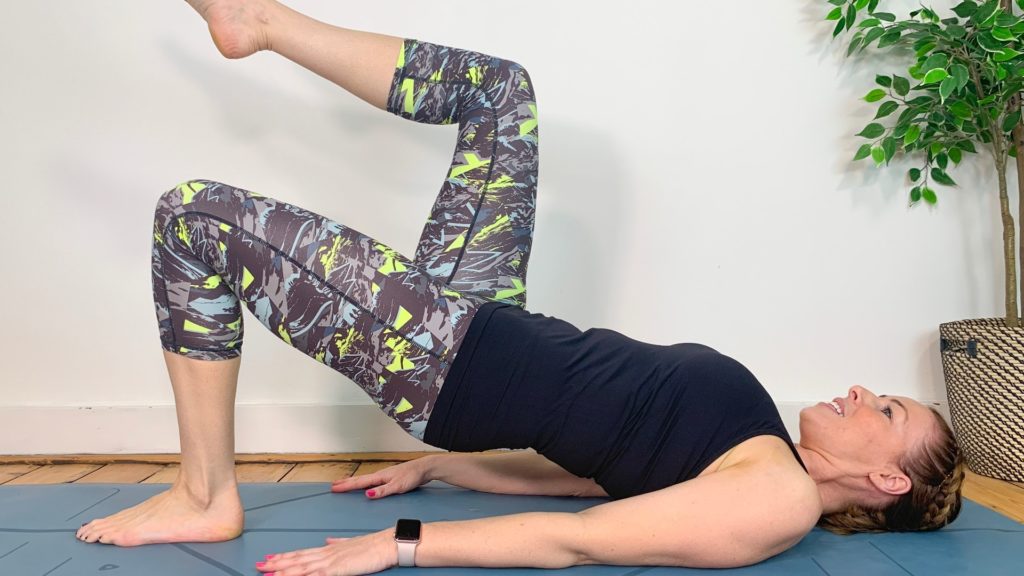Top off-season activities every triathlete should try

The triathlon season is over, and if you’re anything like me, you’ve logged your fair hare of hard yards and are ready for a well-deserved break! As the season winds down, it’s important to make the most of the off-season. This period isn’t just about rest—it’s an opportunity to reset, recover, and build the foundation for future success. In this article, we explore five essential activities that every triathlete should consider adding to their off-season routine to come back stronger next year.
Why It’s Important: Riding off-road on loose terrain demands a different approach than sticking to smooth roads. Tackling XC, gravel, or cyclocross boosts bike handling skills, line selection, and confidence in low-grip conditions.
What to Do: Invest in an XC, gravel, or cyclocross bike. Seek out local off-road trails or join a gravel or XC riding group. Enjoy the adventure and challenge!
The off-season is the ideal time to hit the gym and focus on strength training, often sidelined during peak season when endurance takes priority. It’s also a great excuse to stay indoors as the weather turns!
Why It’s Important: Strength training boosts overall performance, reduces injury risk, and enhances joint stability and power.
What to Do: Incorporate compound exercises like squats, deadlifts, and lunges, mixing low and high reps to build strength and endurance. Core exercises, such as planks and Russian twists, help maintain form during long races. Check out our strength and conditioning guide for cyclists for more details!

Pilates is a fantastic way to enhance flexibility, balance, and mental clarity. If committing to a full class feels daunting, start with two 30-minute stretching sessions per week—you’ll quickly notice the benefits!
Why It’s Important: Improved flexibility reduces injury risk and maintains range of motion, while yoga supports mental relaxation and provides a break from intense training.
What to Do: Try yoga or online sessions tailored to athletes, focusing on stretches for key muscle groups like hamstrings, hips, and shoulders. Add breathing exercises for mental resilience.


Cross-training means incorporating different physical activities outside of swimming, cycling, and running.
Why It’s Important: It keeps your cardiovascular fitness up while allowing overworked muscles to recover, helping to prevent burnout and adding variety to your routine.
What to Do: Try hiking, rowing, rock climbing, or team sports to boost cardiovascular health, agility, and coordination. These activities also bring a fun, social element to training, offering a refreshing change from the solo grind of triathlon prep.

Recovery and nutrition are key to making the most of your off-season and setting the stage for future gains.
Why It’s Important: After months of intense training, your body needs time to repair. Proper nutrition supports muscle recovery and overall health.
What to Do: Prioritize quality sleep and incorporate active rest days. Focus on a balanced diet with lean proteins, healthy fats, and complex carbs. Working with a nutritionist can help tailor your diet to your needs. Don’t forget to stay hydrated, as it’s essential for muscle function and recovery.
 Image credit: OTE Sports
Image credit: OTE Sports







